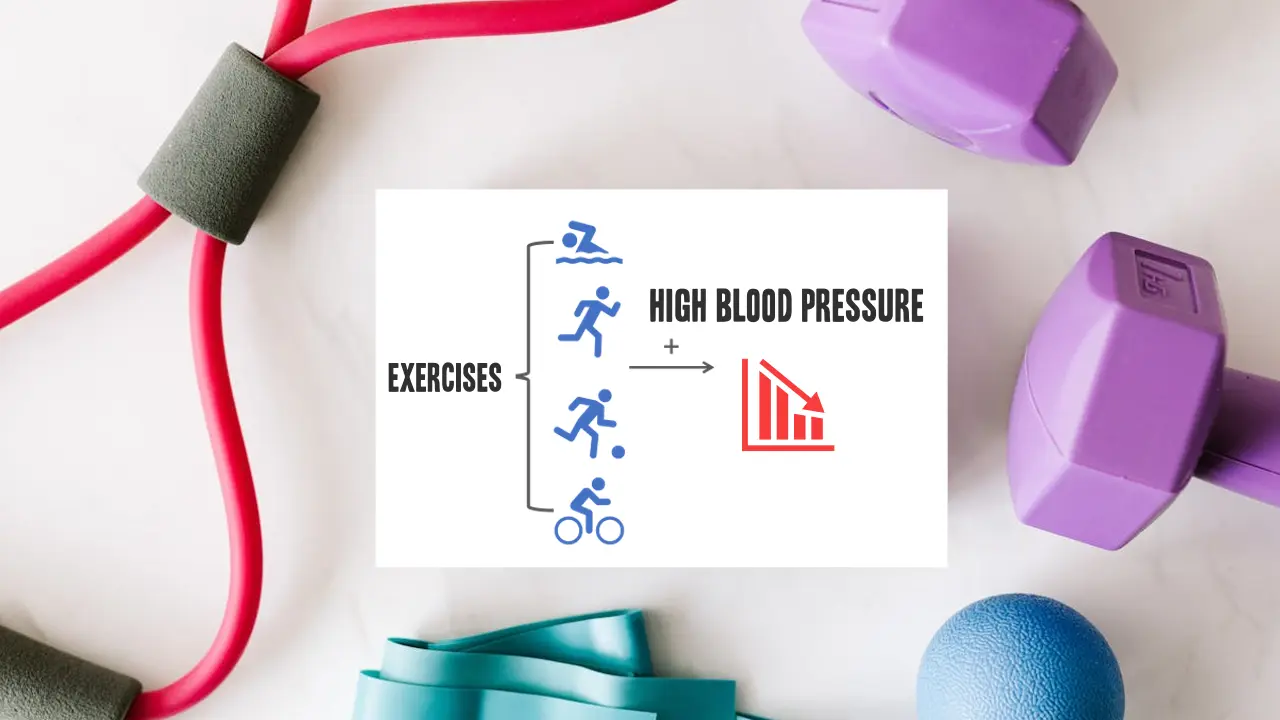Contents
Regular exercise is one of the most prescribed non-pharmacological methods to control high blood pressure (1). Regularly incorporating physical activity into your routine can not only lower your blood pressure but also strengthen your heart, improve circulation, and boost your energy levels. But what are some exercises to control high blood pressure? Let’s explore some of the most effective options and how you can incorporate them into your routine.
This article will explore some simple and effective exercises you can do to keep your blood pressure in check, helping you feel better and improve your overall health.
Here Are Some Causes of High Blood Pressure
- Genetics: Family history of hypertension can increase the risk.
- Unhealthy diet: Eating a diet that is high in salt, saturated fat, and cholesterol can increase your risk of high blood pressure.
- Lack of physical activity: Regular exercise helps to keep your blood pressure under control.
- Being overweight or obese: Excess weight puts extra strain on your heart and blood vessels.
- Excessive alcohol intake: Alcohol can raise your blood pressure.
- Smoking: Smoking damages your blood vessels and increases your risk of high blood pressure.
- Stress: Chronic stress can contribute to high blood pressure.
A drug-free approach to lowering high blood pressure
While medication can be a crucial part of managing high blood pressure, incorporating regular physical activity into your routine offers a natural and effective way to lower your readings.
Current guidelines prioritize moderate-intensity aerobic exercise as the cornerstone of non-pharmacological management for high blood pressure.
Major health organizations recommend at least 150 minutes of moderate-intensity aerobic exercise or 75 minutes of vigorous-intensity exercise per week for individuals with hypertension. This exercise can be distributed across 4-7 sessions weekly (2). Resistance training can be added as a complementary strategy for a well-rounded treatment approach (3).
What is best excercise for lowering high blood pressure?
Aerobic Exercises:
This is any activity that gets your heart rate up and keeps it up for a sustained period. Examples include brisk walking, jogging, cycling, swimming, and dancing. Aiming for at least 150 minutes of moderate-intensity aerobic activity or 75 minutes of vigorous-intensity aerobic activity a week may be a good start.
- Brisk walking: This is a simple and effective way to get your heart rate up. Aim for at least 30 minutes most days of the week.
- Running: If you’re already in good shape, running can be a great way to challenge yourself and get a good workout. For example, you might do a 5-minute warm-up, followed by a 20-minute tempo run, and then a 5-minute cool-down.
- Cycling: Cycling is a low-impact exercise that’s easy on your joints. You can ride a stationary bike at home or outdoors.
- Swimming: This low-impact exercise is a full-body workout that’s gentle on your joints. It provides excellent resistance while keeping you cool, making it suitable for various fitness levels.
- Elliptical: Elliptical trainers are a great choice for exercise if you’re looking to manage high blood pressure. Unlike running or jogging, the elliptical trainer is a low-impact exercise machine. This minimizes stress on your joints, making it suitable for people with joint pain or injuries.
- Dancing: Put on some music and have fun! Dancing is a great way to get your heart rate up and burn calories.

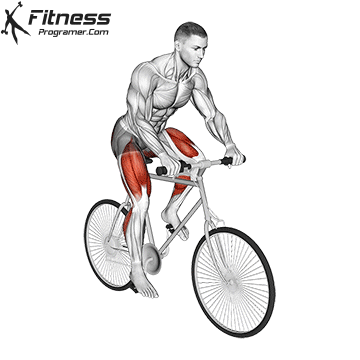
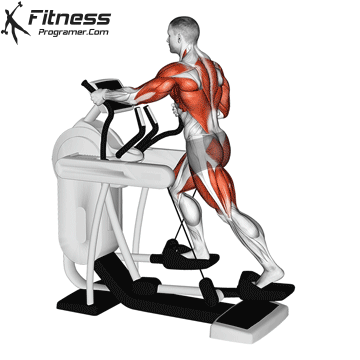
Interval Training:
This high-intensity approach alternates short bursts of intense activity with periods of recovery. It’s a time-efficient way to elevate your heart rate and burn calories, contributing to lower blood pressure. Consider alternating between sprinting and walking intervals during your jog or cycling routine.
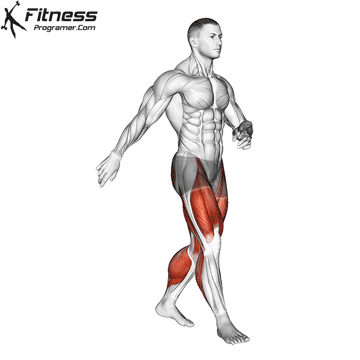
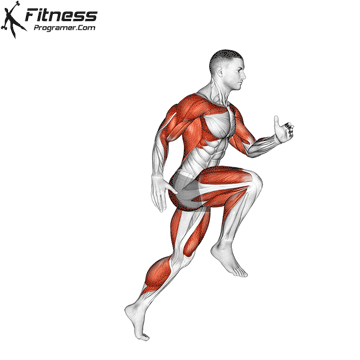
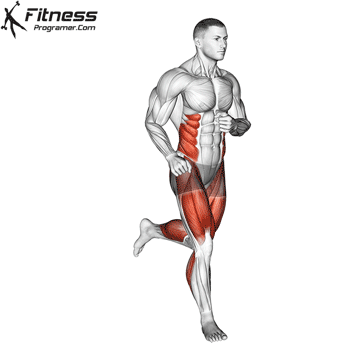
Strength Training:
This type of exercise helps build muscle mass, which can help lower blood pressure. Aim to include strength training exercises that work all major muscle groups at least two days a week.
- Bodyweight exercises: Push-ups, squats, lunges, and planks are all great bodyweight exercises that you can do anywhere.
- Free weights: free weight training can help you build muscle mass, which can help lower your blood pressure.
- Weight machines: Weight machines can be a good option if you’re new to strength training or have any injuries.
- Resistance Bands: These versatile tools offer a portable and affordable way to build muscle. They can be incorporated into bodyweight exercises or used independently for targeted muscle groups.
- Functional Strength Training: This type of training focuses on movements that mimic everyday activities, improving your overall strength and balance. Examples include squats (mimicking sitting and standing), lunges (mimicking stair climbing), and overhead presses (mimicking lifting objects).

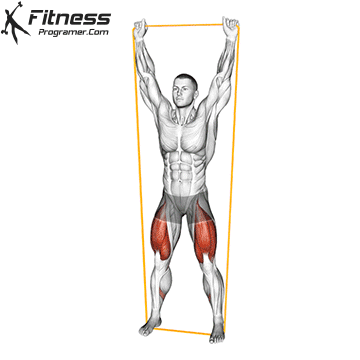
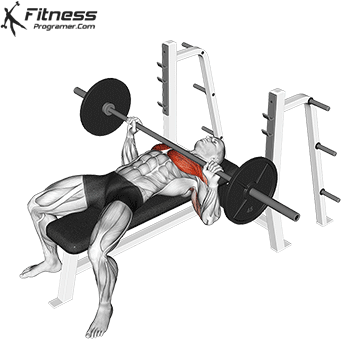
Other Exercises:
If you have any limitations that make it difficult to do more vigorous exercise, low-impact activities such as tai chi or yoga can still be beneficial for your blood pressure.
- Isometric exercises: These exercises involve contracting your muscles without moving your joints. Examples include wall squats, planks, and yoga poses.
- Tai chi: This low-impact exercise combines gentle movement with meditation. It’s a great way to improve your balance and flexibility.
- Yoga: Yoga can help you relax and de-stress, which can also help lower your blood pressure.
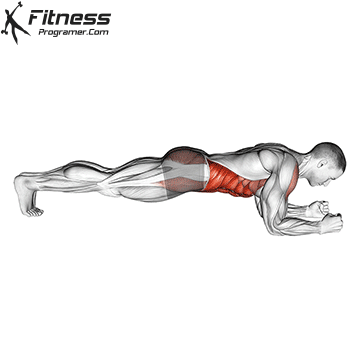
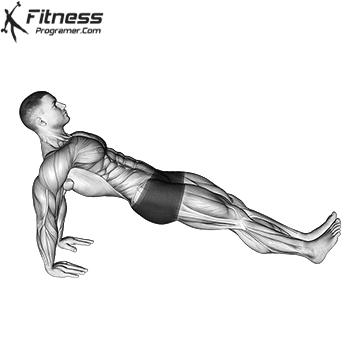
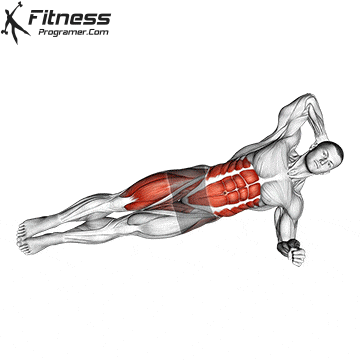
General Exercise Tips:
- Gradual Progression: It’s crucial to start slowly and gradually increase the intensity and duration of your workouts to avoid injuries. Listen to your body and take rest days when needed.
- Find Your Fit: Choose activities you enjoy and can realistically incorporate into your routine. Consistency is key for long-term blood pressure management.
- Consult Your Doctor: Before starting any new exercise program, especially if you have pre-existing health conditions, talk to your doctor to create a safe and effective plan for your needs.
Remember, a well-rounded approach that combines different exercise types is most beneficial. By incorporating these exercises and maintaining a consistent routine, you can take a significant step towards managing your blood pressure.

